David Barrett
DiscoGen: Learning to Discover Gene Regulatory Networks
Apr 12, 2023Abstract:Accurately inferring Gene Regulatory Networks (GRNs) is a critical and challenging task in biology. GRNs model the activatory and inhibitory interactions between genes and are inherently causal in nature. To accurately identify GRNs, perturbational data is required. However, most GRN discovery methods only operate on observational data. Recent advances in neural network-based causal discovery methods have significantly improved causal discovery, including handling interventional data, improvements in performance and scalability. However, applying state-of-the-art (SOTA) causal discovery methods in biology poses challenges, such as noisy data and a large number of samples. Thus, adapting the causal discovery methods is necessary to handle these challenges. In this paper, we introduce DiscoGen, a neural network-based GRN discovery method that can denoise gene expression measurements and handle interventional data. We demonstrate that our model outperforms SOTA neural network-based causal discovery methods.
An Explicitly Relational Neural Network Architecture
May 24, 2019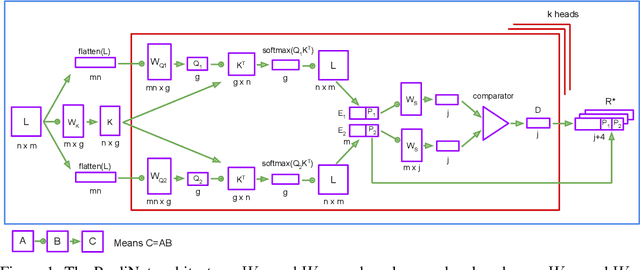
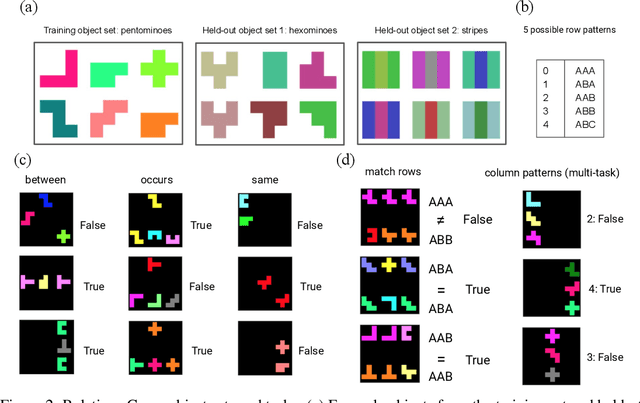
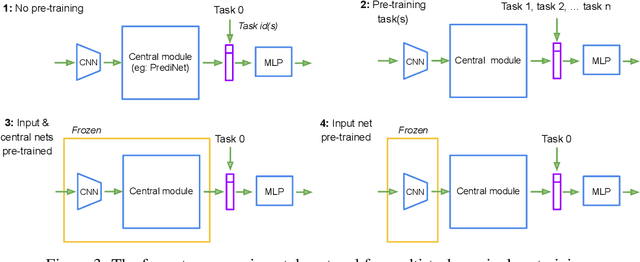
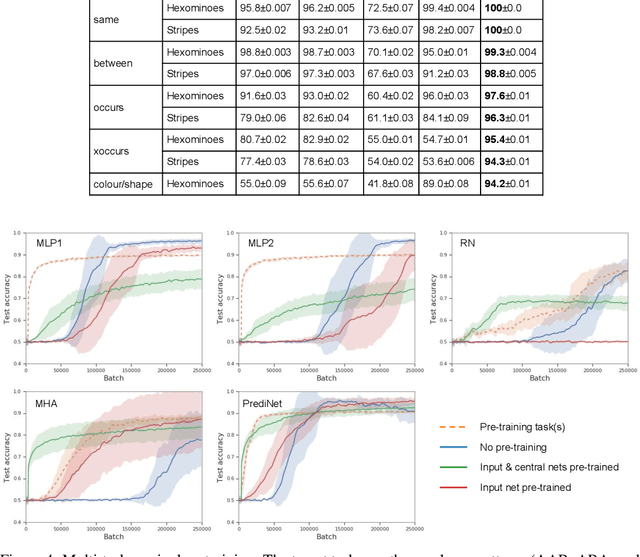
Abstract:With a view to bridging the gap between deep learning and symbolic AI, we present a novel end-to-end neural network architecture that learns to form propositional representations with an explicitly relational structure from raw pixel data. In order to evaluate and analyse the architecture, we introduce a family of simple visual relational reasoning tasks of varying complexity. We show that the proposed architecture, when pre-trained on a curriculum of such tasks, learns to generate reusable representations that better facilitate subsequent learning on previously unseen tasks when compared to a number of baseline architectures. The workings of a successfully trained model are visualised to shed some light on how the architecture functions.
Is coding a relevant metaphor for building AI? A commentary on "Is coding a relevant metaphor for the brain?", by Romain Brette
Apr 18, 2019Abstract:Brette contends that the neural coding metaphor is an invalid basis for theories of what the brain does. Here, we argue that it is an insufficient guide for building an artificial intelligence that learns to accomplish short- and long-term goals in a complex, changing environment.
Spectral Inference Networks: Unifying Spectral Methods With Deep Learning
Jun 06, 2018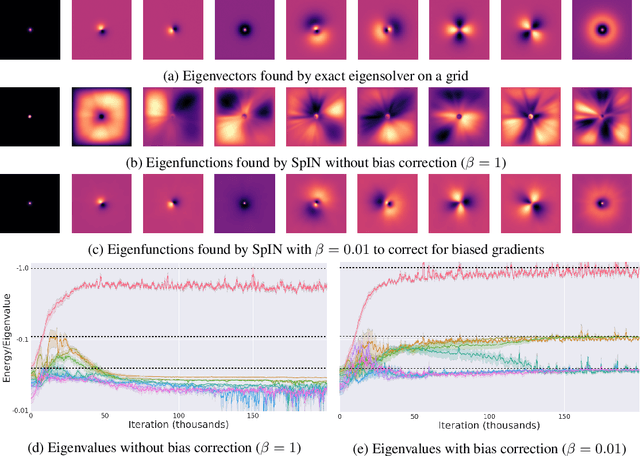

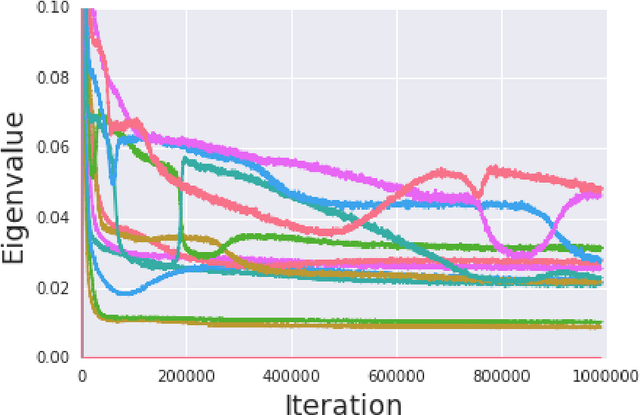
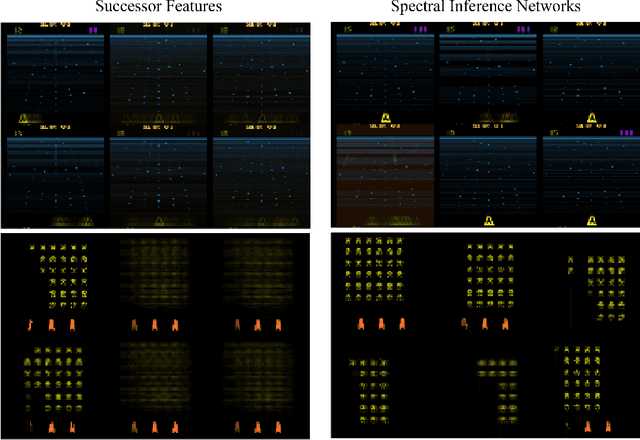
Abstract:We present Spectral Inference Networks, a framework for learning eigenfunctions of linear operators by stochastic optimization. Spectral Inference Networks generalize Slow Feature Analysis to generic symmetric operators, and are closely related to Variational Monte Carlo methods from computational physics. As such, they can be a powerful tool for unsupervised representation learning from video or pairs of data. We derive a training algorithm for Spectral Inference Networks that addresses the bias in the gradients due to finite batch size and allows for online learning of multiple eigenfunctions. We show results of training Spectral Inference Networks on problems in quantum mechanics and feature learning for videos on synthetic datasets as well as the Arcade Learning Environment. Our results demonstrate that Spectral Inference Networks accurately recover eigenfunctions of linear operators, can discover interpretable representations from video and find meaningful subgoals in reinforcement learning environments.
Discovering objects and their relations from entangled scene representations
Feb 16, 2017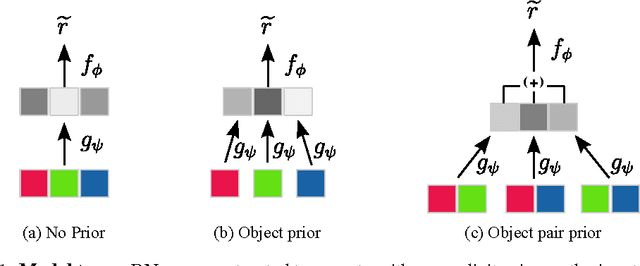
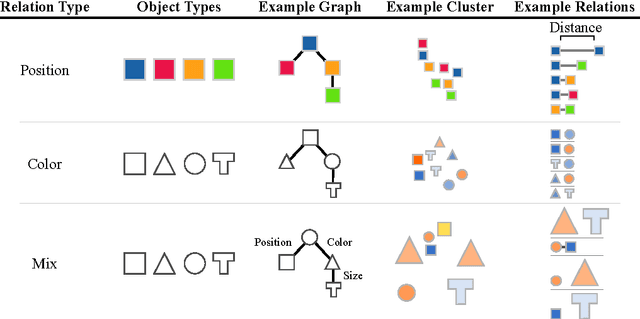
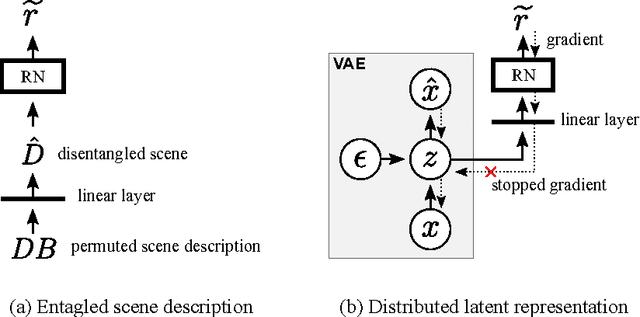
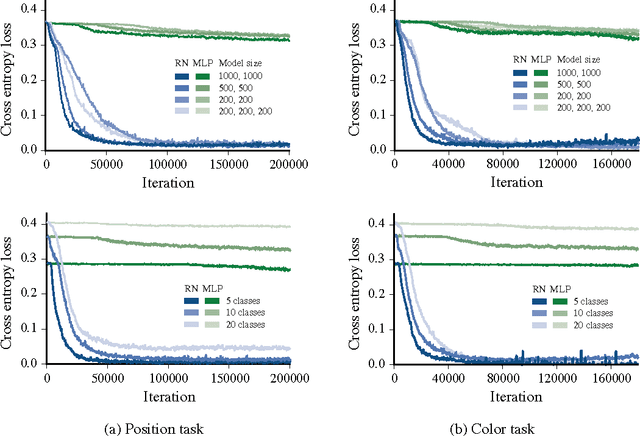
Abstract:Our world can be succinctly and compactly described as structured scenes of objects and relations. A typical room, for example, contains salient objects such as tables, chairs and books, and these objects typically relate to each other by their underlying causes and semantics. This gives rise to correlated features, such as position, function and shape. Humans exploit knowledge of objects and their relations for learning a wide spectrum of tasks, and more generally when learning the structure underlying observed data. In this work, we introduce relation networks (RNs) - a general purpose neural network architecture for object-relation reasoning. We show that RNs are capable of learning object relations from scene description data. Furthermore, we show that RNs can act as a bottleneck that induces the factorization of objects from entangled scene description inputs, and from distributed deep representations of scene images provided by a variational autoencoder. The model can also be used in conjunction with differentiable memory mechanisms for implicit relation discovery in one-shot learning tasks. Our results suggest that relation networks are a potentially powerful architecture for solving a variety of problems that require object relation reasoning.
 Add to Chrome
Add to Chrome Add to Firefox
Add to Firefox Add to Edge
Add to Edge